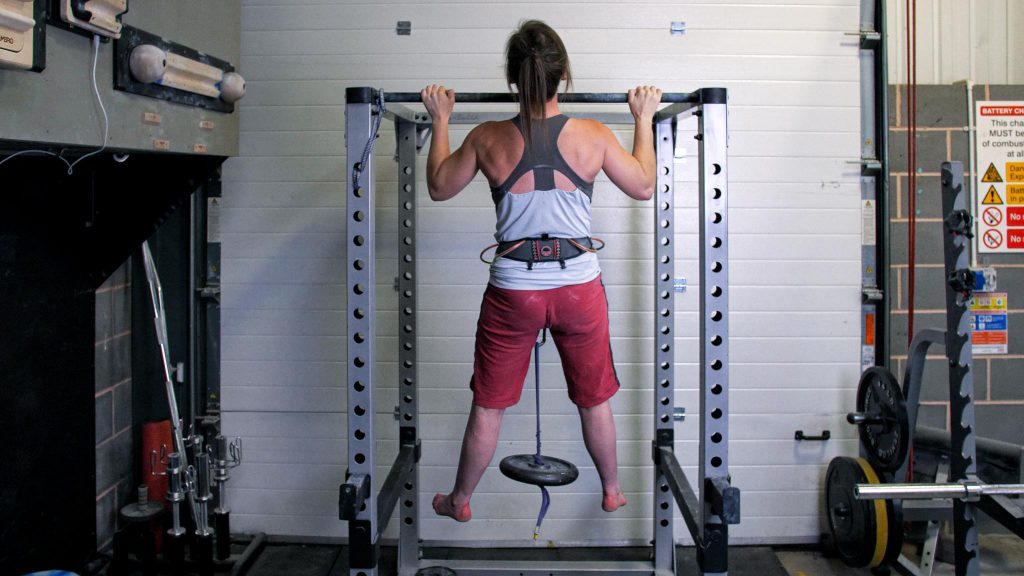Female Climber Series: Hormone Cycles and Power
Is it possible to experience power fluctuations through the month?
We have recently shared some research showing that upper body power has a large impact on climbing performance, which is useful information, but what happens if we’re seeing many climbers report that their upper body power fluctuates during their monthly cycles? Is there a possible cause and can we take action as athletes and coaches?
What are the causes?
During the follicular phase (approximately day 1 to 14) estrogen rises, until its peak just prior to ovulation. Estrgoen has an effect on connective tissues and increases joint laxity alongside reducing musculotendinous stiffness, which could in turn affect higher velocity movements. It is worth noting that the research into this area is done in the lower body and focused on the knee, so we are still having to make some broad assumptions in comparison with climbing.
What actions can we take?
What are the options if you want to train power, but feel like it drops around ovulation or you feel more vulnerable to injury? This is certainly something you can account for in optimising training. Remember, optimising can mean switching exercises, focus, or rearranging the week. This doesn’t necessarily mean not training, or dropping all power work – it’s about finding an athlete-appropriate balance.
What’s good to know?
– The increased joint laxity and reduced musculotendinous stiffness is linked to an increase in injury risk. Be aware of high motivation around this phase: keep power sessions short and stop strong.
– If you use footless bouldering to train power then moving to a more simple plane of movement on a campus board or basic boulders during the ovulatory phase could help keep reduce the risk of injury to the shoulders. Alternatively completing power pull ups on a bar could give a more controllable session.
– If you feel really powered down at this time then it may be better to shift focus. You might look at working a different part of the strength-velocity spectrum or returning to base strength work such as weighted pull ups, for example.








